Plush mattresses come in a variety of types and are sold under various names, often quite extravagant.
Characteristics such as a quilted covering, euro top, pillowtop, knitted covering, as well as the firmness of the comfort layers and the level of support from coils or support foam can all contribute to the luxuriousness of a mattress.

In This Comprehensive Guide
What Exactly is a Plush Mattress?,
Who Should Opt for a Plush Mattress |
Is a Plush Mattress the Right Choice For Me? |
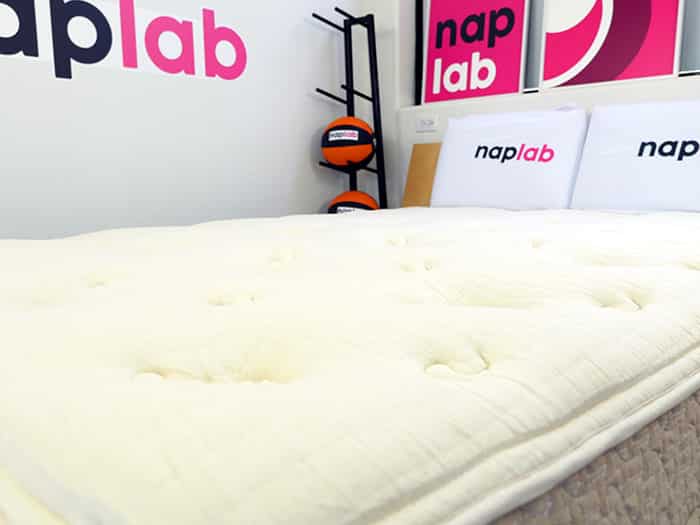
A plush mattress provides a luxurious softness while still offering support, contour, and exceptional pressure relief.
Plush mattresses are often a great option for lightweight sleepers as they don’t require much weight to experience the contoured and embracing sensation provided by the mattress.
The following table showcases the highest-rated plush mattresses we have tested so far. The average overall score we have observed (across all mattress types and firmness levels) is 9.51.
All of the plush mattresses listed below perform above average.
Plush and firm represent two opposite ends of the spectrum in terms of feel. A plush mattress is exceedingly soft, with more sinkage and contouring.
On the other hand, a firm mattress offers less sinkage, and sleepers may not always come into direct contact with the deeper support layers.
A plush mattress cannot be firm, and a firm mattress cannot be plush.
Firmness directly correlates to:
There are certain features that can enhance a plush mattress, including a pillow top, Euro cover, or a tufted quilted cover.
Using these features on a firm mattress may result in a slightly softer feel on the surface, but it will still lack the same level of contour and embrace as a soft and plush mattress.
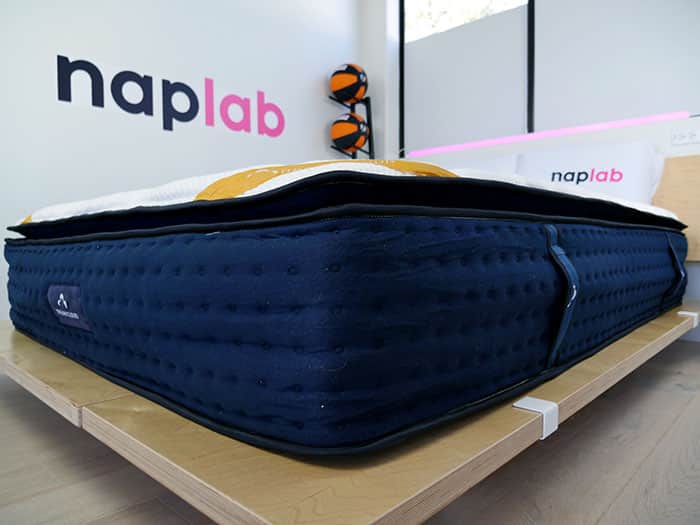
A mattress with a plush pillowtop has a plush upper layer, but there is a gap between the pillowtop and the rest of the mattress. This gap can be a small gusset or another visual divide in the materials on the side of the mattress.
DreamCloud Premier Rest Pillowtop mattresses provide a deeper embrace but may have limited edge support due to the softness of the top layers.
A Euro cover, also known as a euro top or euro-style pillowtop, has similar materials to the plush pillowtop cover but is functionally and aesthetically distinct. With a Euro cover, the plush upper layers are seamlessly sewn to the edge of the mattress, eliminating any breaks. This reinforcement helps maintain the mattress edges, reducing the sinking sensation compared to a pillowtop.
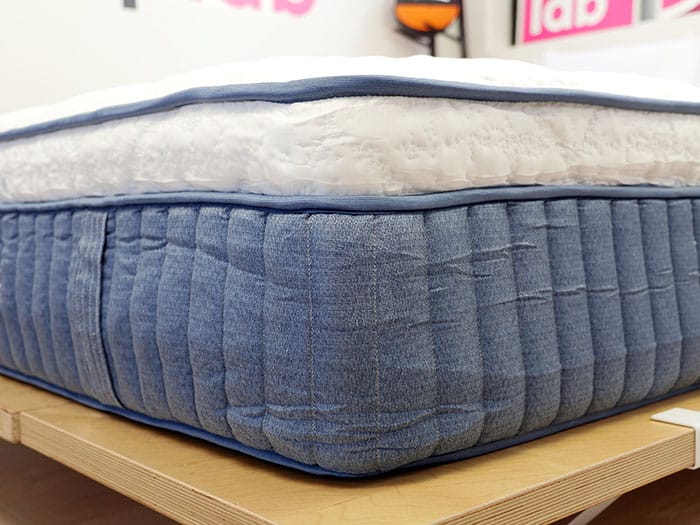
The Diamond Flurry Lux Cooling Hybrid mattress, as its name suggests, originates from Europe but remains a popular design choice worldwide.
A quilted cover consists of plush layers, including batting, foam, cotton, wool, and other textiles, quilted into the top fabric to create a cohesive layer. While not as thick as a pillowtop or Euro cover, it adds some softness to the overall mattress feel.
Quilted covers can be either tufted or non-tufted, but it is the quilting of multiple layers that provides a plush sensation.
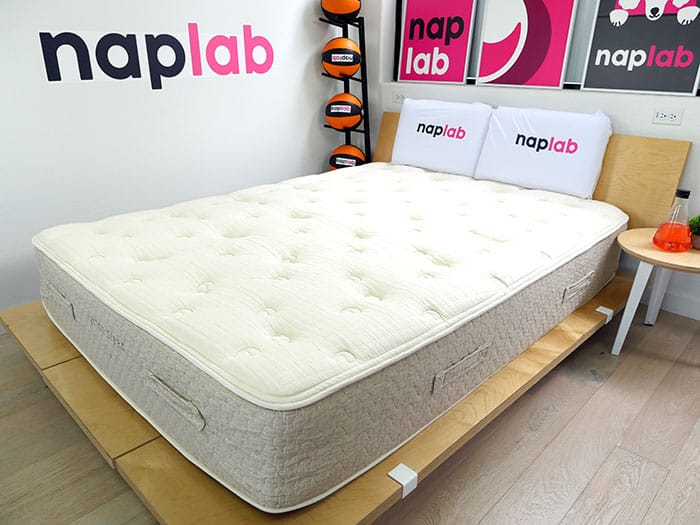
Let me emphasize this point: firmness does not necessarily equate to support. A firm mattress can lack proper support, just as a plush mattress can offer a soft feel while still being highly supportive. Support is determined by factors such as material type, material density, and sleeper weight.
The side-by-side comparison below illustrates me lying on the Diamond Flurry Lux mattress. It is the exact same mattress in both images. On the left, my weight is 140 lbs, while on the right, I have added a 60 lb vest, bringing my total weight to 200 lbs. The difference in sinkage and support is evident as my body contour undergoes a significant transformation with the additional weight.
In my opinion, the standard level of firmness for a plush mattress is generally between 3.0 and 4.5 on a scale of 10, with 10 being the firmest.
Anything softer than this tends to be incredibly soft to the point where it lacks proper support. When you sink too deeply into a mattress, it can cause your spine to become misaligned and result in uncomfortable pressure points.

The Winkbed Soft mattress has a firmness rating of 4 out of 10, while the Winkbed Original mattress has a firmness rating of 6 out of 10.
On the left side, we have the plush version of the mattress, also known as the “Softer” version, while on the right side, we have the medium firmness version referred to as the “Luxury Firm” option.
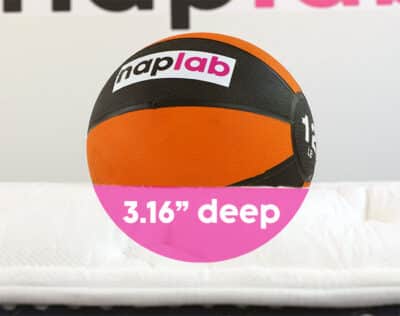
To read a comprehensive review of these two mattresses, click here.
You can clearly see that the ball sinks much deeper into the foam layers of the softer mattress.
While a plush mattress may not be suitable for everyone, there are many sleepers who can benefit from this type of mattress.
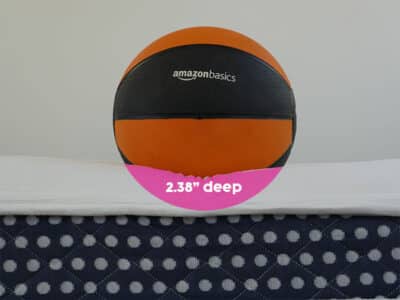
Let’s take a closer look at the sinkage of the Lytton Signature Comfort Plush mattress:
– For side sleepers: When sleeping on your side, the body pressure is concentrated on one side. To ensure a pain-free and restful sleep, it is crucial for the mattress to contour to your body.
– For lightweight sleepers: Lightweight sleepers can sink more deeply into a plush mattress. However, due to their lighter weight, they won’t sink all the way through to the support layers.
– For sleepers with joint pain: Joint pain is often experienced in the hips and shoulders, which can generate a significant amount of pressure. A plush mattress cradles and supports these areas, alleviating pressure points.
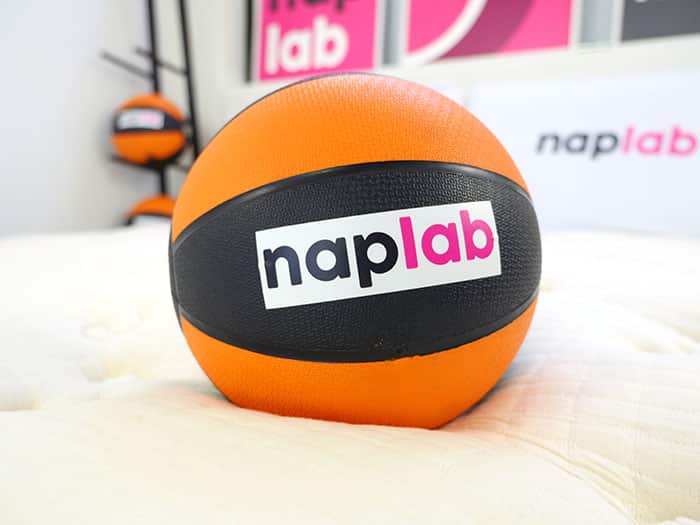
Now, let’s shift our focus to the Bed in a Box Original mattress and its suitability for back sleepers:
– For stomach sleepers: Stomach sleepers typically require a firmer mattress to maintain proper spine alignment. While a plush mattress may feel initially comfortable, over time, stomach sleepers may find that it lacks the necessary support to prevent pain.
– For heavyweight sleepers: Heavier sleepers may also find that a plush mattress is not the best fit for them. The support needs of a 150 lb. sleeper differ from those of a 300 lb. sleeper.
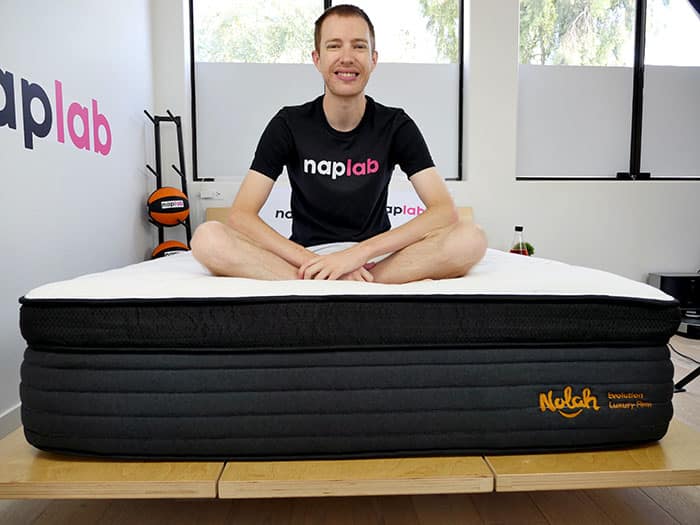
If you are a heavier sleeper or a stomach sleeper but still want to try a plush mattress, consider opting for a plush hybrid. Hybrid mattresses often provide better support for heavier individuals compared to all-foam mattresses.
Take a gander at these two luxurious beds, one plush hybrid and the other plush memory foam.
Both of these beds boast a comparable level of firmness. They can both be classified as plush mattresses. Each one features 5 inches of cozy material and an 8-inch support system.
But observe what transpires when a 200 lbs. individual rests on each mattress.
In this situation, the Bear Elite hybrid provides far superior support compared to the Ashley Sleep Gruve. It possesses a more pronounced contour and enhanced edge support for the heavier sleeper, despite them both having a similar level of firmness.
The following table showcases the ideal sleeping position and body weight for each type of plush mattress.
Mattress Type
Best Position
Best Body Weight
Plush coil & spring
Side or Back Sleepers
Moderate to Heavy
Plush hybrid
Side or Back Sleepers
All
Plush memory foam
Side Sleepers
Lightweight to Moderate
Plush latex foam
Back or Stomach Sleepers
Lightweight to Moderate
Whether a plush mattress suits you depends on a few factors:
– Body Weight
– Sleeping Position
– Personal Preference
When heavier individuals recline on a plush mattress, it is likely that they will not receive the necessary support. As previously mentioned, plush mattresses conform more easily with less weight.
Therefore, when additional weight is applied, it results in excessive sinking, potential pressure relief issues, and potential support problems.
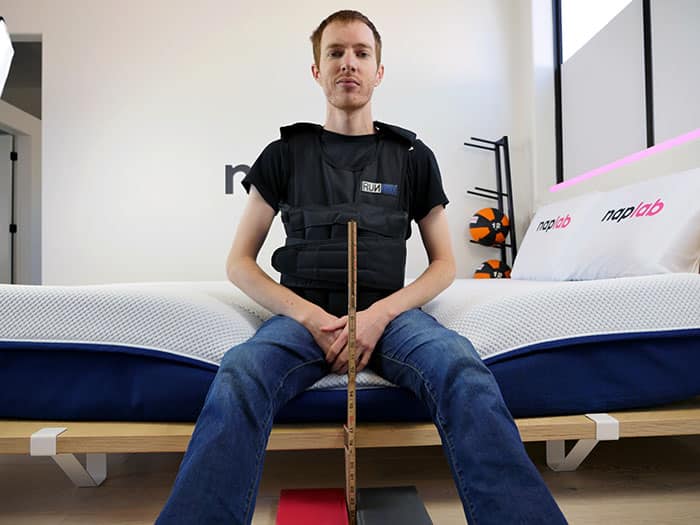
As a general rule, I would not recommend a plush mattress for anyone weighing over 250 lbs.
Sleeping position is another important consideration. Typically, side sleepers prefer a softer sensation in comparison to back or stomach sleepers, regardless of body weight.
When you lie on your side, your midsection and hips sink deeper into the mattress compared to the rest of your body. Consequently, different areas of your body require different levels of support.
Certain plush mattresses may offer zoned support systems to address this issue, but not all of them.

The final factor is the wildcard: personal preference. While the aforementioned guidelines hold true in most cases, exceptions always exist.
Think about the kind of sensation that brings you the most comfort. Do you prefer sinking into the mattress? Do you enjoy being embraced by it? Do you strive for a cloud-like sleeping experience?
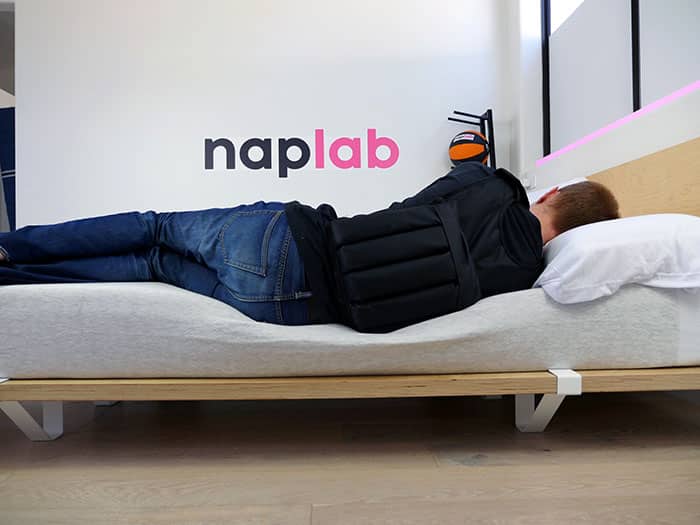
If you answered affirmatively to any of these queries, a plush mattress might be the perfect fit for you.
What is the level of firmness for a plush mattress? Plush mattresses typically fall within the 3-4.5 range on the firmness scale.
How long can you expect a plush mattress to last? The lifespan of a plush mattress relies more on its specific type rather than its firmness. Generally speaking, plush foam mattresses have a life expectancy of 10-15 years.
On the other hand, a plush spring mattress tends to last 7-10 years. If you opt for a plush hybrid, you can anticipate it lasting somewhere in the middle, around 10-12 years. As for plush latex, it can endure for 10-15 years. However, it’s important to recognize that the exact lifespan of any mattress depends on factors such as the individual using it, the support it receives from its foundation, the overall quality of the mattress, and various environmental elements.


